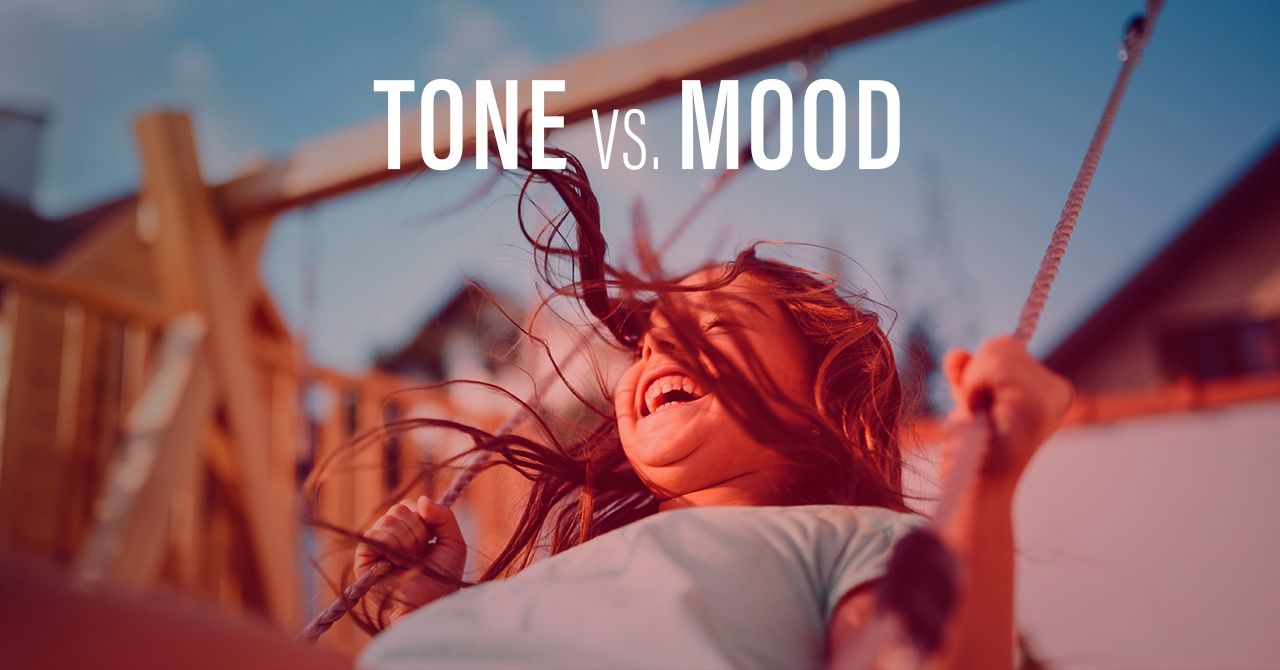
Tone vs. Mood: learn how they differ and use them wisely
Tone and mood are closely related elements of writing. Both are essential when it comes to the impact of the written content.
In poetry, copywriting, or any kind of persuasive writing, skillful use of tone and mood is a must. Master them, and you’ll get the power to evoke the readers’ emotions by using specific structure and stylistic devices.
Defining tone and mood in writing
Tone and mood are closely related elements of writing. Both are essential when it comes to the impact of the written content. However, they’re not the same thing. Each has a distinctive role in conveying the attitude and evoking a certain type of response in the reader.
Tone in writing
The tone in a piece of written content refers to the way something is communicated. It is an important element of style in writing. One of the ways to express tone is through the attitude of a character or narrator. Together with mood, it contributes to the atmosphere of the text.
When it comes to the use of tone in writing, it’s all about certain words, sentence structure, and punctuation. For example, an exclamation point can change the tone of a sentence tremendously. Brief, condensed sentences may communicate some sort of frustration or even anger. Excessively long ones may make you appear unconfident or anxious. Individual words and phrases have the greatest impact on the tone.
Mood in writing
Mood is a broader term than tone. While every sentence has its own tone, the mood is the prevailing atmosphere in a piece of content. The mood triggers some sort of emotional response in the reader.
Whether it’s sales copy, a poem, or a narrative, every text usually conveys a general mood. This mood can also convey multiple emotions at once, thus creating an atmosphere of love and hate, peace and war, and so on.
Understanding the relationship and difference between mood and tone
Different sentences within the same text can have completely different tones. But the text as a whole gives the reader a distinct vibe, called the mood. Both tone and mood can have an impact on the reader’s emotions, but the influence of the mood is deeper and stronger than that of individual tones.
What’s the link between tone and mood
To put it simply: tone is the means of creating mood. Writers use certain words and syntax to create a particular tone, which in turn creates a mood to arouse specific emotions in the reader.
What’s the difference between tone and mood
As we’ve seen, tone is all about the mechanics of how something is communicated, and mood is the overall atmosphere those mechanics created. To make it even easier to spot the difference, let’s have a look at lists of words that we can use to describe mood and tone.
The tone can be friendly, formal, sarcastic, serious, humorous, playful, reflective, calm, tense, ominous, angry, and so much more – the list is indefinite.
The overall mood communicated by a text can be described as realistic, idealistic, optimistic, romantic, gloomy, and more.
Hello! My name is Valentina. Book digesting is my specialty. I transform book ideas into easy-to-follow summaries, articles, study guides, reviews, essays, analyses, slides, or e-books.

